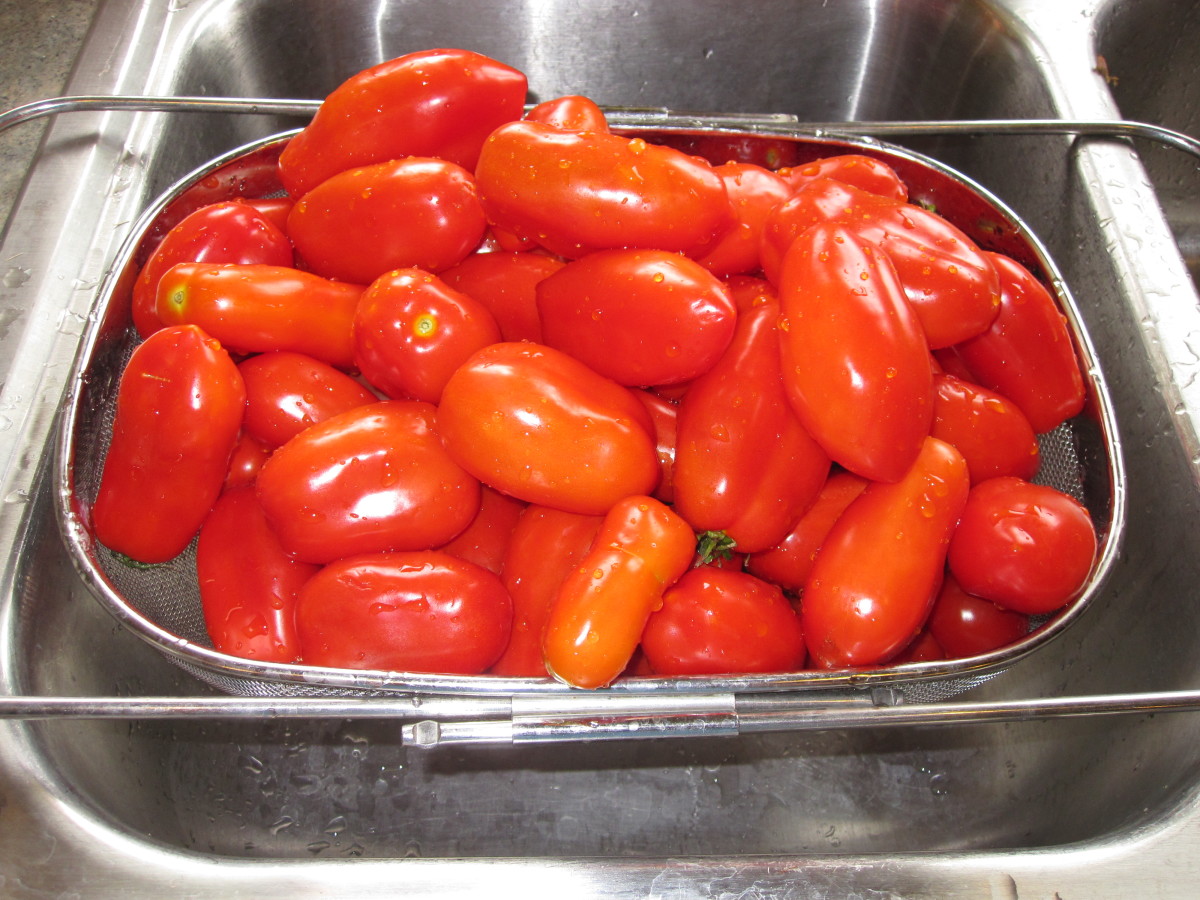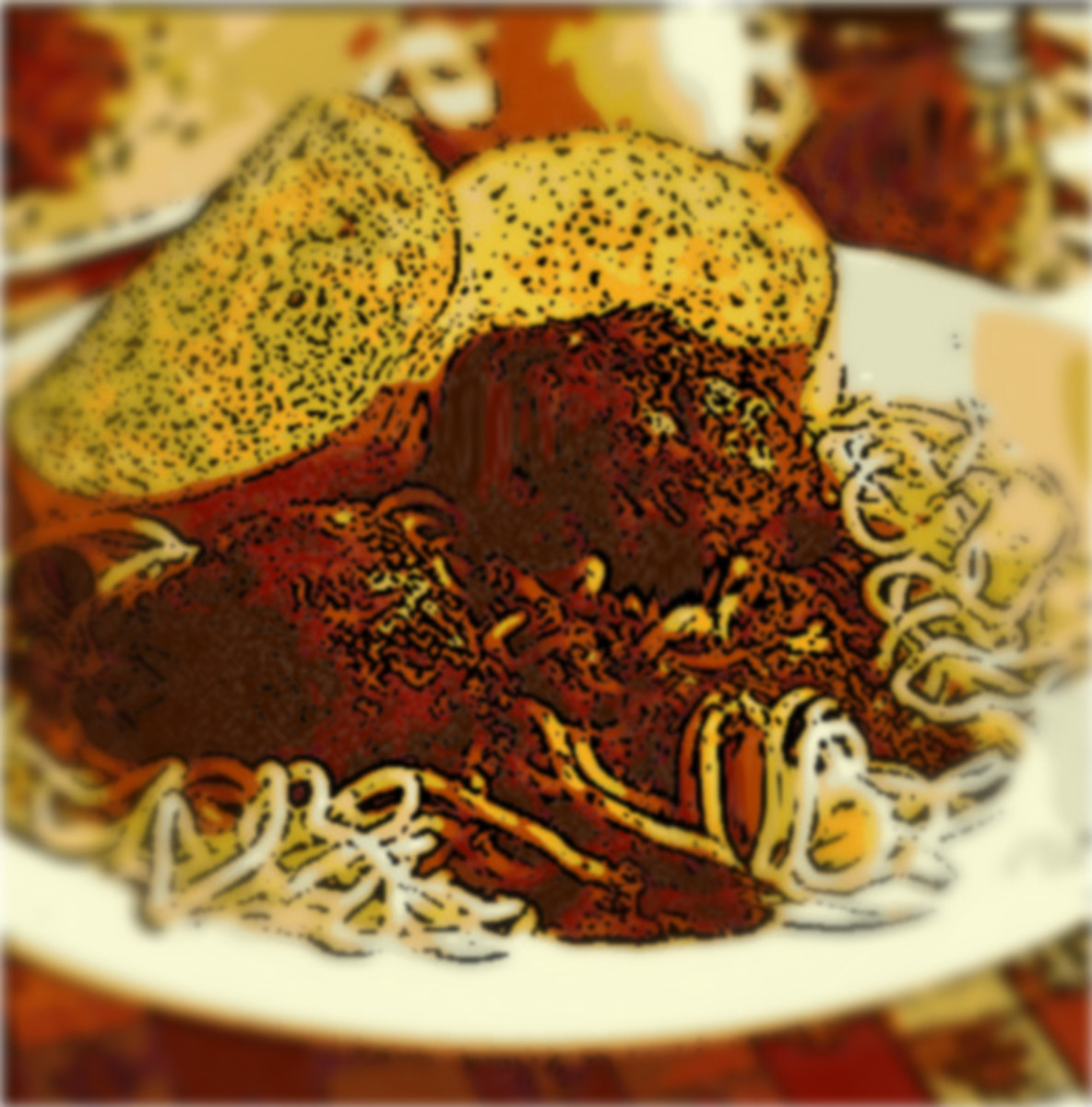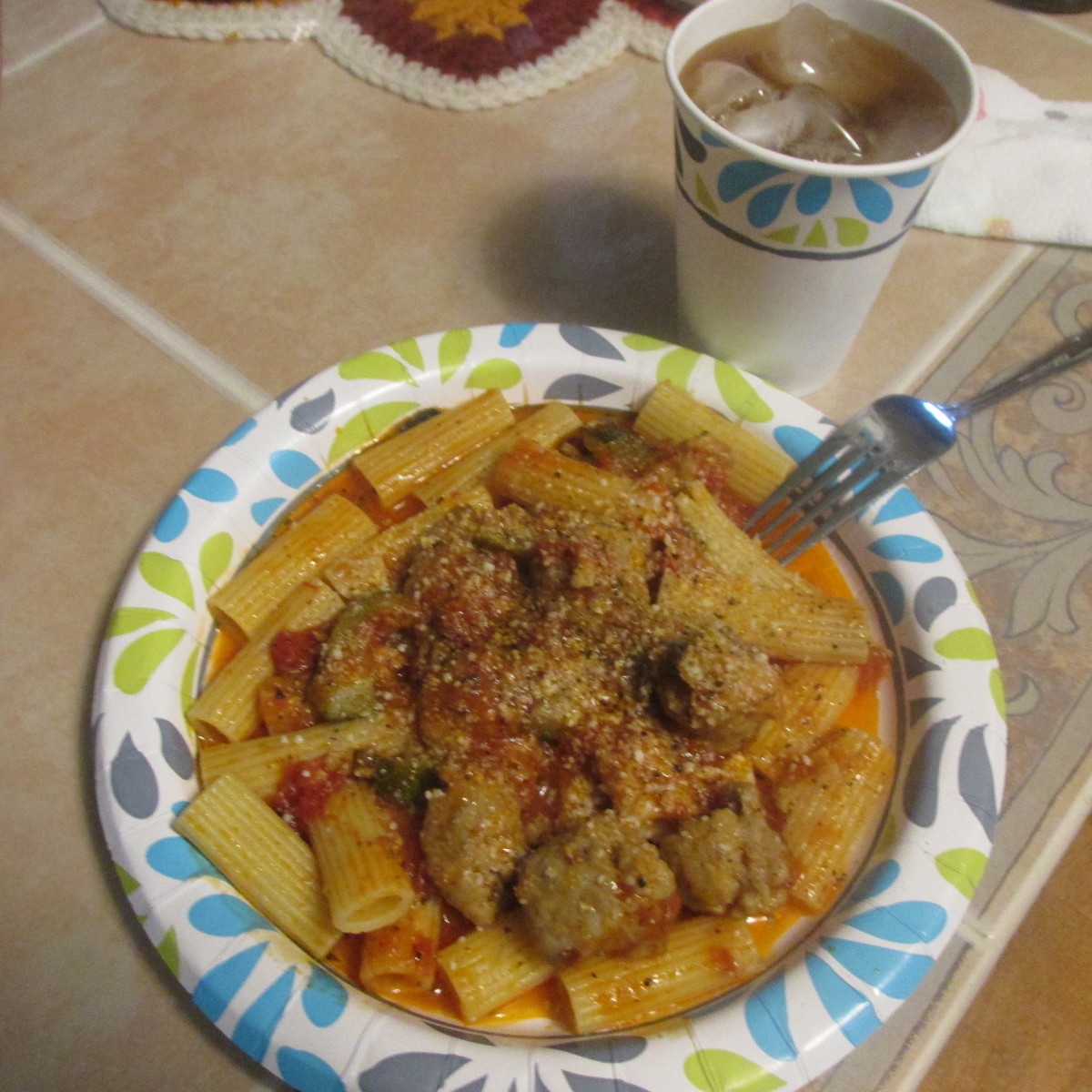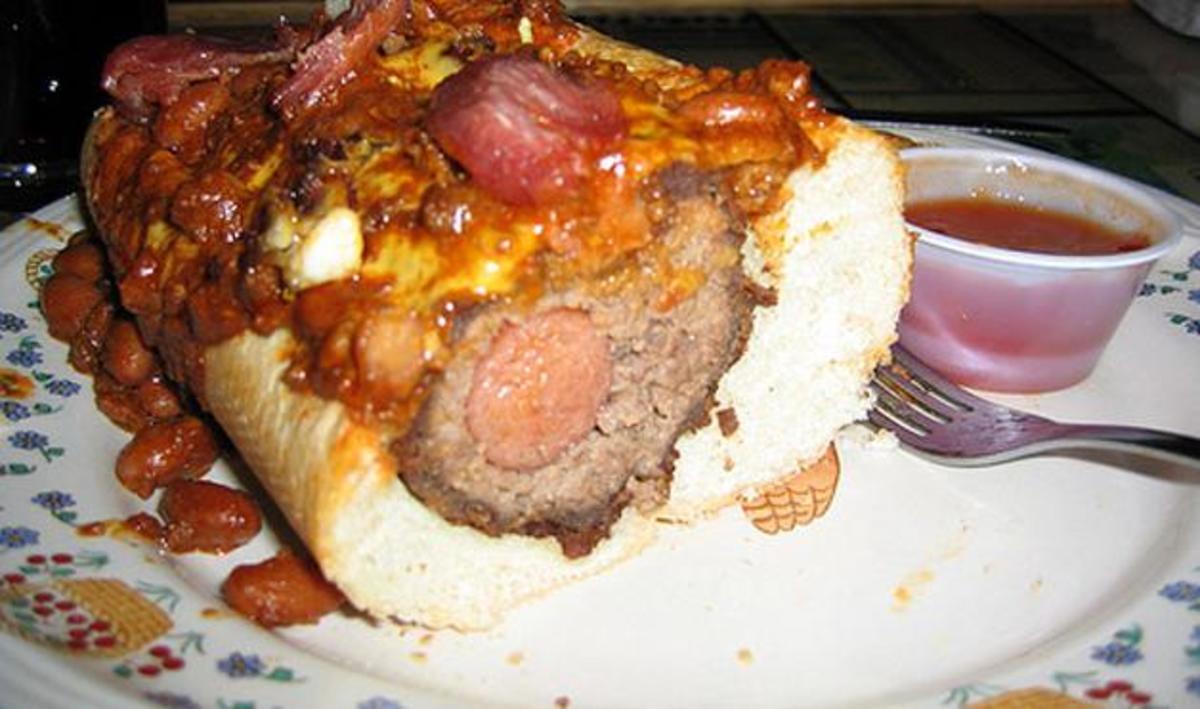Ask Carb Diva: Questions & Answers About Food, Recipes, and Cooking, #22
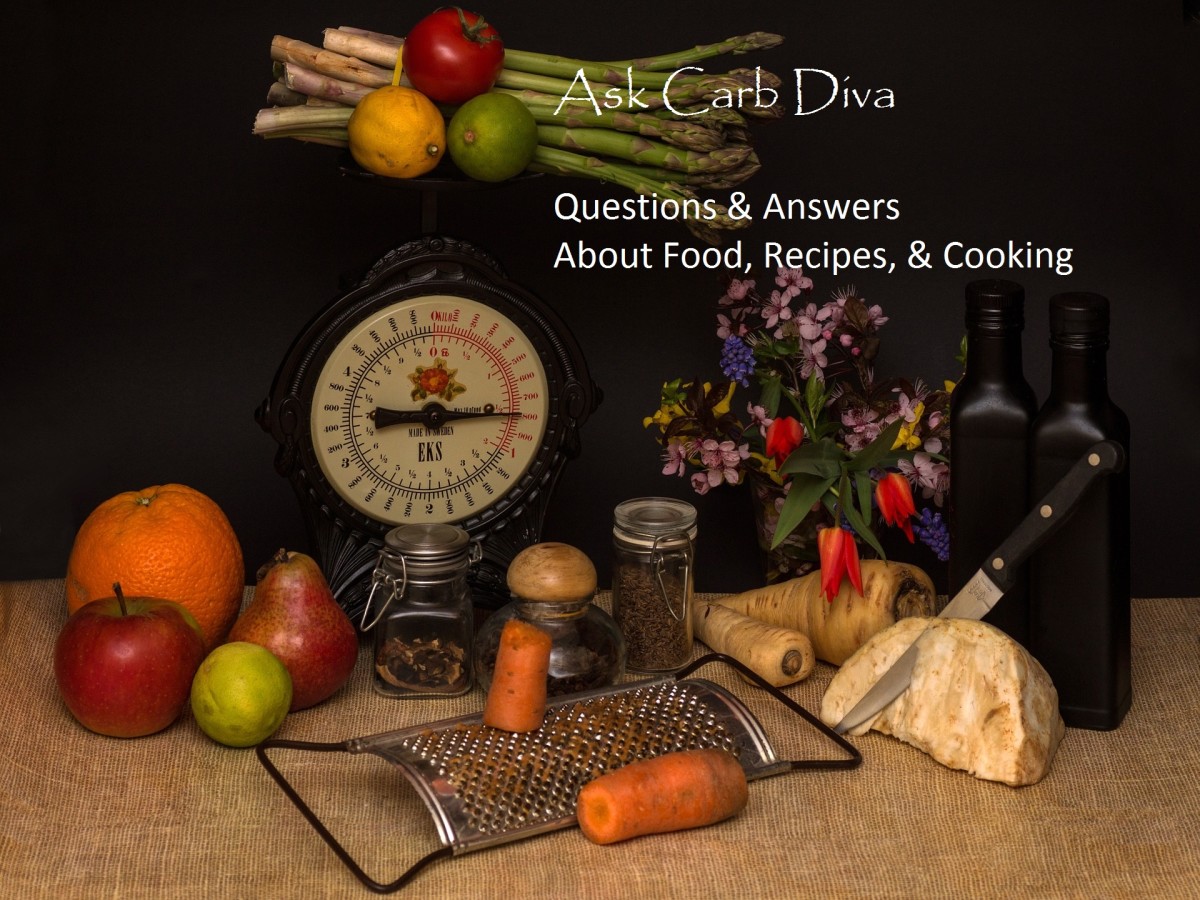
I can't believe that I've already done 21 of these weekly articles, and here is #22. The way this works is that you ask a question, any question about food. It could be how to use a specific ingredient or kitchen tool. Perhaps you recall a recipe from your childhood that you'd like to recreate. Or maybe you need recipes that are gluten-free, or vegan, or take less than 30 minutes to fix.
I can help. And, if I can't, I will direct you to the person/place/website that can.
Please note that this isn't a tutorial; each week I will be responding to questions from readers like you, so please feel free to jump in at any time. Leave your questions in the comments below, or email me (go to the end of this article for my address).
How To Use Paprika
I recently spotted a packet of paprika in the store. I bought it because I rarely see it available. Now that I have it, do you have any suggestions as to what I could use it for? I was thinking of making a chicken dish.
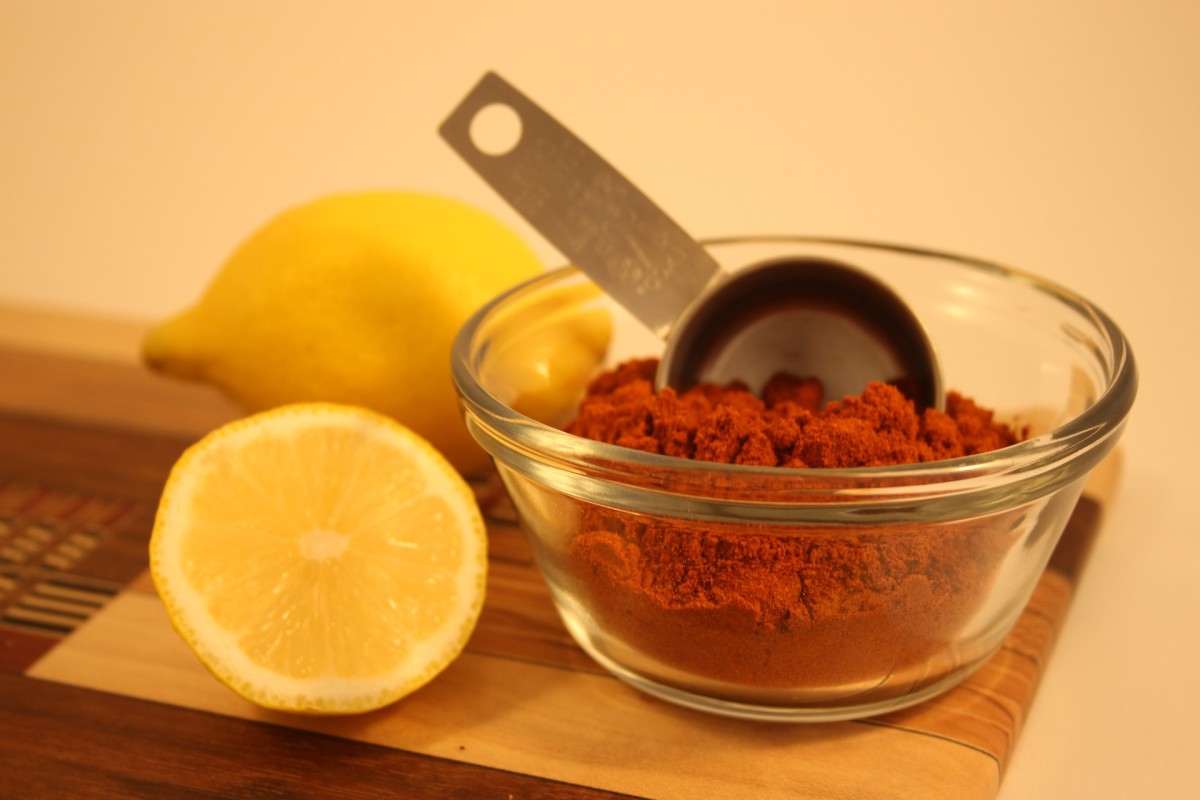
Mary, paprika is one of those under-appreciated spices. Unless confronted with a plate of deviled eggs, or making Hungarian goulash, does anyone really think of grabbing a packet of paprika?
I can quickly give you some suggestions for how to use paprika but, once again, I think you've encouraged or inspired me to do one of my "Exploring ____" (fill in the blank) articles. So here are a few suggestions for now, and may I say "stay tuned"? I will have an article on "Exploring Paprika" tomorrow.
Paprika is more than a pretty color. It imparts subtle but distinguishable flavor to a variety of savory dishes. Here are a few suggestions:
- combine with salt, pepper, and rosemary or lemon zest and use as a coating on oven-roasted potatoes
- stir a tablespoon (or so) into a completed pot roast along with a tablespoon of tomato paste.
- add to chicken and rice (arroz con pollo)
- dust on sauteed shrimp and then squeeze on a bit of lime juice.
Lexicon of Cooking Terms

We're continuing with the series that started in Issue #10. Past the half-way mark now. What will we do after we get to the end of the alphabet?
I'd love to hear your thoughts in the comments.
Pectin – a natural substance used to thicken jams, jellies, and preserves. Pectin is naturally present in fruits (apples and cranberries are high in pectin). Pectin will only work when combined with a specific balance of sugar and acid.
Peel – To remove the skins from vegetables or fruits.
Persillade – A mixture garlic that has been pulverized to a paste, finely chopped parsley, and little olive oil, and sometimes breadcrumbs.
Pickle - To preserve meats, vegetables, and fruits in brine.
Pinch - the trifling amount you can hold between your thumb and forefinger.
Pith – The white lining of the rind covering citrus fruits.
Plump - To soak dried fruits in liquid until they swell. (Hmmm, perhaps I need to stop luxuriating in the bathtub.)
Can You Explain the Difference Between Various Canned Tomato Products?
Aside from texture are there any differences among tomato paste, tomato sauce, crushed tomatoes and other products?
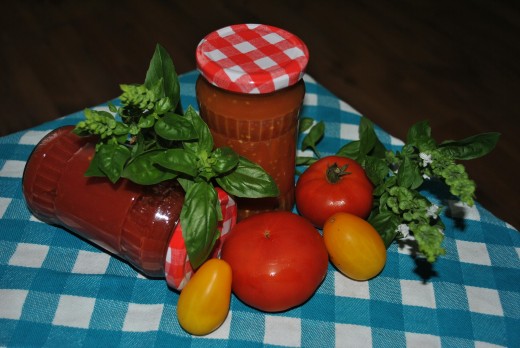
Flourish, that's an excellent question. When you're standing in the grocery aisle considering what to buy to make spaghetti sauce, how do you decide?
First, whether you purchase tomato paste, sauce, diced, whole, or puree, look at the list of ingredients. There could be extras hiding in that innocent-looking can that you don't want (high fructose corn syrup, high amounts of sodium, etc.)
Most canned tomatoes contain calcium chloride; that's an additive which helps the tomatoes retain their shape. In other words, it keeps them from breaking down in the can. We'll discuss that more under the descriptions below.
(By the way, if you think you detect a slight "tinny" taste to your canned tomatoes, a squeeze of fresh lemon juice should solve the problem).
Whole peeled tomatoes
This is about as close as you can get to the "real thing." These are the least processed of any of the canned tomato products. You can crush them by hand, chop or dice with your knife, or blitz them in the blender to make tomato sauce. Yes, they are processed with calcium chloride, but with less surface area, they are less affected. This is your choice for the tomato that will melt into a smooth spaghetti sauce.
Diced tomatoes
This is the next-best option. Diced tomatoes are just that. Calcium chloride is added to help the tomato pieces retain their shape. So, use diced tomatoes if you want the "chunks" to show up in your finished dish. If you want an added layer of flavor, opt for the fire-roasted diced tomatoes.
Stewed tomatoes
Stewed tomatoes have been cooked and enhanced with salt, sugar, onions, and peppers. They do have their place in the kitchen, but we aware that because of the added ingredients they are not interchangeable with other canned tomato products.
Crushed tomatoes
These are finer than diced but not as smooth as tomato sauce. They work well in soups and sauces when you want to add a tomato taste to a dish that won't have a lot of "simmer" time.
Tomato puree
We're getting smoother. A puree is not quite tomato sauce, but close. It's quite thick.
Tomato sauce
Tomato sauce pours like a ready-to-use spaghetti sauce but it doesn't contain the extra herbs and spices. I like to use it in place of the catsup that is often included in meatloaf recipes. Catsup is (to my tastebuds) too sweet and cloying. Tomato sauce has a purer tomato taste.
Don't know what to do with the leftover sauce and don't want it to go to waste? Pour the remainder into an ice cube tray and freeze. When firm, transfer to a plastic zip-lock bag and label.
Tomato paste
Dark, rich-tasting, and contains only 1/5th of the water of other tomato products. And, like tomato sauce, you can freeze the leftovers. Simply spoon out by tablespoonfuls. When frozen pop into a zip-lock bag.
Why Are Quail Eggs So Popular in French Cooking?
Why do the French use quail eggs so much in their baking? I know why but maybe others would find it interesting.
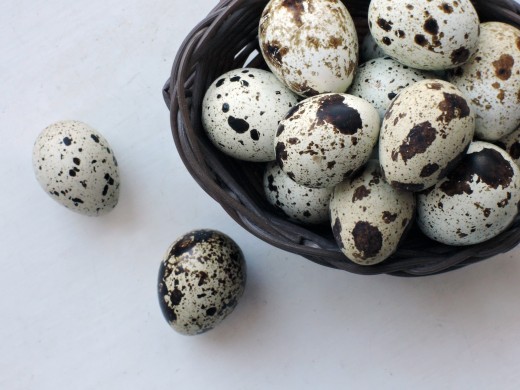
This was a bit of a stumper for me. I constructed my Google search as many possible ways as my wee little brain could muster, but I could not find any specific information on the propensity of the French to use quail eggs in lieu of any other type of poultry ovum in their baking.
Obviously, you can't substitute quail eggs for chicken eggs at a 1:1 ratio. It takes 4 or 5 quail eggs to replace a large chicken egg.
There are a few plusses however to eating quail eggs (other than the fact that they are absolutely adorable):
- They have a higher yolk-to-white ratio than normal eggs.
- Quail eggs are richer in vitamins and minerals compared to chicken eggs.
- Quail eggs contain 13 percent protein compared to 11 percent found in chicken eggs. They also contain 140 percent Vitamin B1, compared to 50 percent found in chicken eggs.
- It has also been suggested that the risk of contracting salmonella from raw quail eggs is almost zero.
If Bill has anything to add to this, I hope he'll enlighten all of us.
Do You Prefer Cooking With Gas or Electric?
When cooking on a range top to you prefer electric or a gas flame? Why?
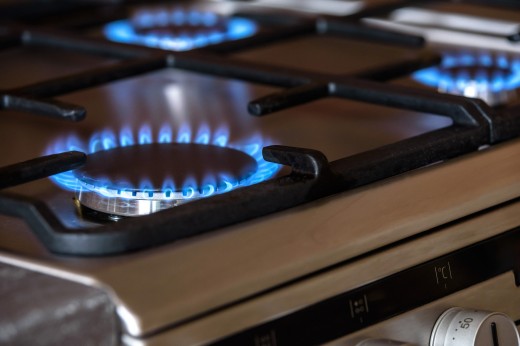
Rochelle, I learned to cook on an electric stove, and that was the option available to me through much of my young adult years. But 25+ years ago my husband, daughters, and I moved into a farmhouse with a gas cooktop. I fell in love with that cooktop and my kitchen, and you see that love in all that I write here on Hub Pages.
However, what works for me might not work for everyone. So, rather than denounce electric and jump on the soapbox for gas cooking, I'll present the pros and cons and let everyone reach their own conclusion.
Pros and Cons of Cooking With Electric vs. Natural Gas
Electric
| Natural Gas
| |
|---|---|---|
Ease of cleanup
| If we are talking about new cooktops, electric is the clear winner here. Most have a solid surface (no coil burners) and clean with the wipe of a damp sponge.
| More challenging to keep clean but dealing with spills immediately after cooking (rather than once-a-week cleanup) prevents ugly issues.
|
Heat response
| Slow to respond to increase or decrease in heat selection
| Heats and cools very quickly. In addition, control knobs are not incremental (click-click). You can adjust heat up or down by fractions of an inch.
|
High heat
| Most tests will show that electric cooktops can achieve a higher heat than gas because the heat source directly touches the bottom of the pan.
| There is a gap (however slight) between the flame and the pot.
|
Cost and ease of installation
| Low cost
| More costly that electric, and requires dedicated gas line from source to home.
|
Safety (risk of burns)
| Old-style electric stove tops can be a danger; have you ever forgotten that a burner is still hot? Fingers, hands, and potholders are at risk. However, the new smooth-top ranges provide a warning glow.
| It's virtually impossible to not notice that flame.
|
Space
| When not in use, smooth-top electric stovetops can fill in as additional counter space
| Uneven cooking grates make it pretty much unlikely that you will use the surface for anything other than cooking.
|
There is one more reason that I love my gas cooktop. If you char your own peppers (and we do quite often) you can place them directly in the flame and they will blacken much more quickly than roasting them in the oven.

Well, this was a fun mailbox. I love hearing from all of you. If you have questions, leave them in the comments section below, or you can write to me at lindalum52@gmail.com. Remember, there are no dumb questions. We all have different levels of experience. Your questions typically prompt me to poke and prod and research, so I'm learning too.
Have a great week!
© 2018 Linda Lum

